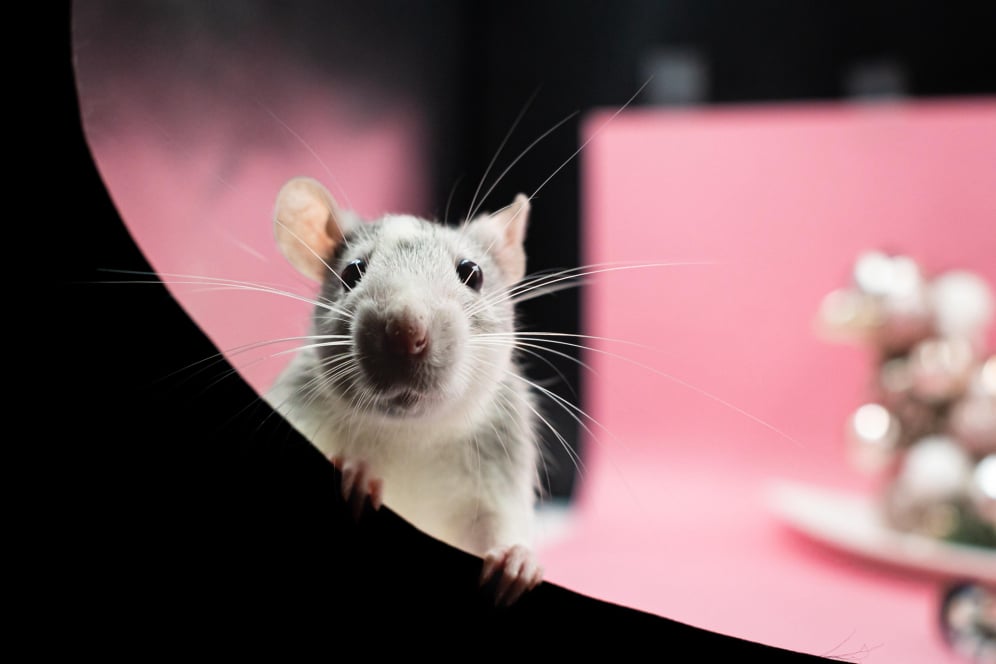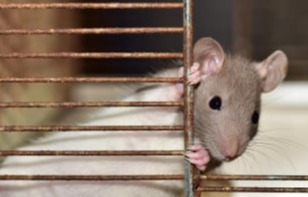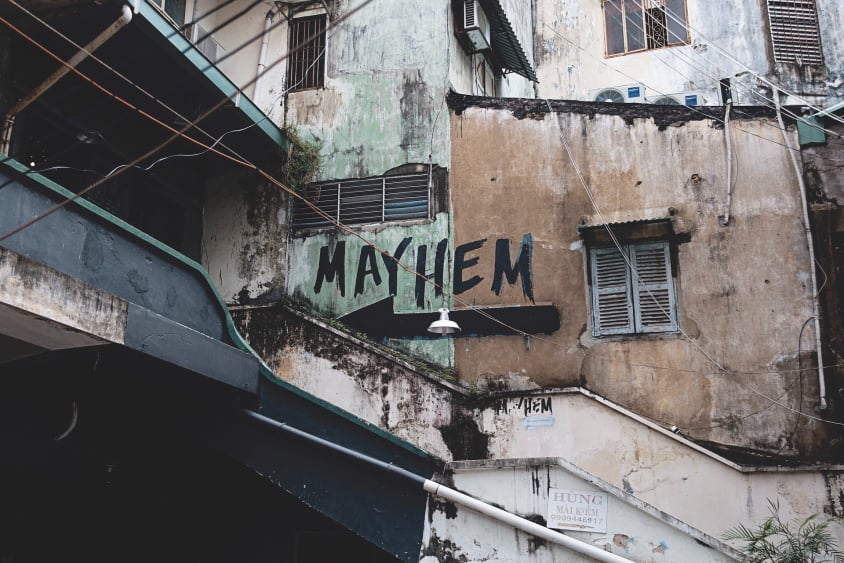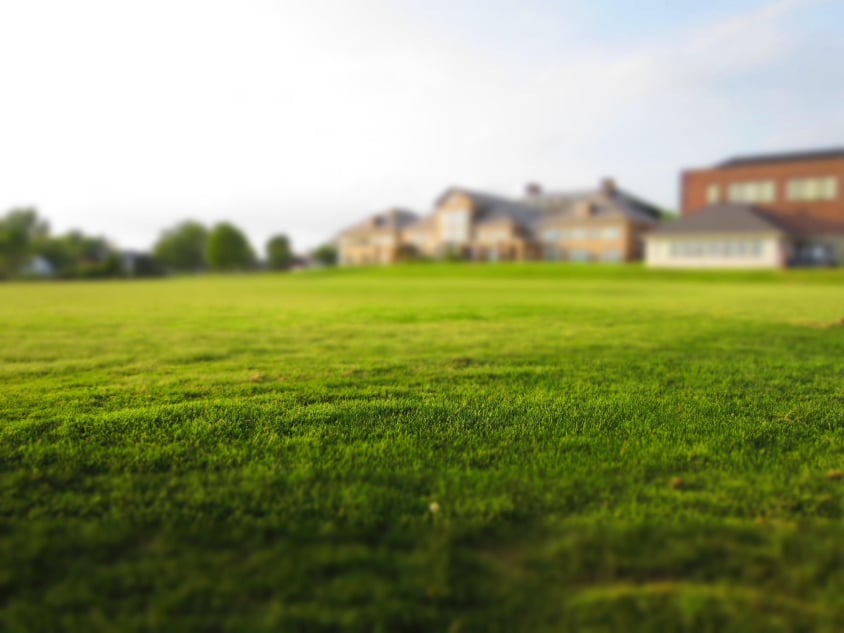
Rat Park
In the 1970's, Psychologist Bruce Alexander ran an experiment where he put rats in two different setups.
◉ One group Isolated in cages, with only food, water, and access to morphine
◉ Another in a "Rat Part" which is a large space with other rats, food, and toys.





